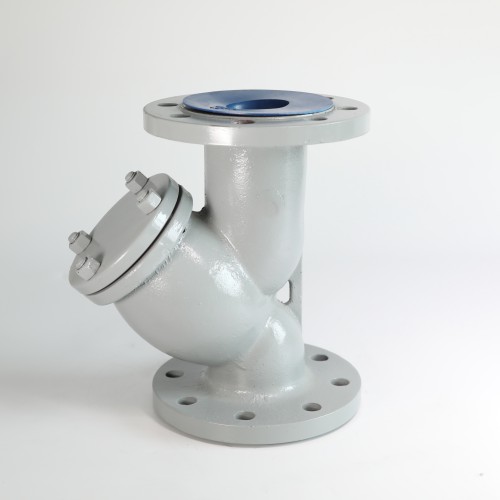Innovations in Micro Electric Valve Technology for Enhanced Fluid Control Systems
The Advancements and Applications of Micro Electric Valves
Micro electric valves are small-scale devices that play a crucial role in various industries, including aerospace, automotive, biomedical, and robotics. Compact in size yet significant in functionality, these valves are designed to control the flow of liquids and gases with precision. They operate via an electric signal, allowing for rapid and accurate adjustments that are essential in many applications. In this article, we will explore the advancements in micro electric valves, their working mechanisms, and their diverse applications.
Understanding Micro Electric Valves
At their core, micro electric valves function as flow control devices that utilize electro-mechanical components to regulate the passage of fluids. Their design typically includes a valve body, an actuation mechanism, and electrical connections for control signals. The most common types of micro electric valves include solenoid-operated valves, piezoelectric valves, and motor-driven valves, each offering unique advantages depending on specific operational requirements.
1. Solenoid-operated valves are among the most widely used micro electric valves. They consist of an electromechanical coil that, when energized, generates a magnetic field, causing a plunger to move and open or close the valve. This type of valve is favored for its simplicity and reliability, making it ideal for applications where quick on-off control is necessary.
2. Piezoelectric valves utilize the piezoelectric effect, where electrical voltage causes mechanical deformation in a crystalline material. This technology is advantageous for applications requiring precise flow control and faster response times, such as in inkjet printers and fuel injection systems.
3. Motor-driven valves incorporate miniature motors to achieve position control, enabling more sophisticated fluid management. These valves can be finely tuned to regulate flow rates, making them suitable for applications in process industries where exact flow measurement and control are crucial.
Recent Advancements
The field of micro electric valves has seen remarkable advancements in recent years. Innovations in materials science have led to the development of lightweight, durable materials, which enhance the valves' performance while reducing their overall size. Miniaturization technologies have enabled the production of valves that can fit within the confines of microelectronics, making them ideal for use in compact devices like smartphones and wearable technology.
micro electric valve

Moreover, advancements in microfabrication techniques have facilitated the creation of highly intricate designs that improve the efficiency and reliability of these valves. For instance, the integration of smart sensors and microcontrollers allows for real-time monitoring and adaptive control of fluid flow, further enhancing their utility in dynamic environments.
Applications Across Industries
Micro electric valves are deployed in a wide variety of industries, underlining their versatility
1. Biomedical Applications In healthcare, micro electric valves are employed in medical devices for precise drug delivery systems and in fluidic systems that require the manipulation of small volumes of blood or other biofluids. Their ability to provide accurate dosing is critical in outpatient settings.
2. Automotive Industry In modern vehicles, these valves control fuel injection systems and manage air intake, contributing to improved fuel efficiency and reduced emissions. Additionally, they are integral to advanced driver-assistance systems (ADAS) that rely on fluid control for braking systems.
3. Aerospace and Defense Micro electric valves are essential in aerospace applications, including the regulation of fuels and hydraulic fluids in aircraft systems. Their lightweight nature and reliability are critical for performance in high-stress environments.
4. Consumer Electronics The rise of smart appliances and IoT devices has spurred the demand for micro electric valves, which can automate processes such as irrigation systems and heaters for energy savings and efficiency.
Conclusion
As technology continues to advance, the future of micro electric valves looks promising. With developments in artificial intelligence and machine learning, we may soon see even smarter control systems that can adapt to changing conditions in real time. This evolution is indicative of the growing importance of micro electric valves in enhancing automation, efficiency, and precision across various sectors. Their ability to control the flow of fluids with remarkable accuracy is what makes micro electric valves an integral component of modern technology, empowering innovations that shape our daily lives.
-
Breakthrough in Domestic Low Temperature Valve Technology in ChinaNewsAug.18,2025
-
From Machinery to Intelligent Brain: The Digital Transformation Wave of the Valve IndustryNewsAug.18,2025
-
PCVEXPO 2025NewsAug.18,2025
-
The Key to Fluid Control: Exploring the Advantages of Ball Valves in Industrial SystemsNewsJul.09,2025
-
The Versatile World of 1, 2, and 3 Piece Ball ValvesNewsJul.09,2025
-
Stainless Steel Ball Valves: The Ideal Choice for Efficient Flow ControlNewsJul.09,2025
-
Optimizing Fluid Control with Ball Float ValvesNewsJul.09,2025




